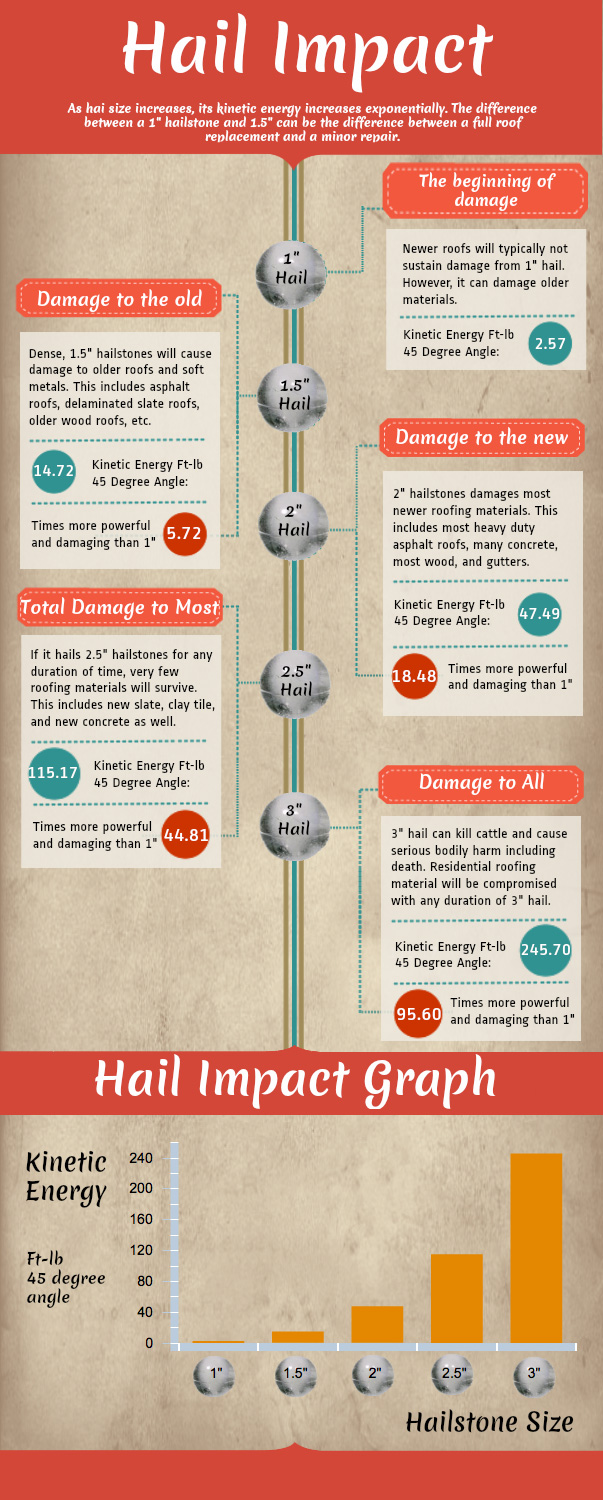Recognizing Weather Condition'S Result On Roofing Installment: Key Seasons And Conditions For An Effective Work
Recognizing Weather Condition'S Result On Roofing Installment: Key Seasons And Conditions For An Effective Work
Blog Article
Developed By-Bennett Timm
When it involves roofing installations, the weather condition can make or damage the job. Envision the frustration of dealing with products that won't cooperate due to severe heat or battling unsafe surfaces triggered by unanticipated rain. Understanding the effect of climate condition on your roofing project is vital for a successful end result. So, let's discover just how different weather elements can influence the quality and longevity of your roof covering installment, ensuring a work well done.
Impact of Temperature Level on Roofing Installment
When it comes to roof covering installation, temperature level plays a critical duty in the process. The ideal temperature for roof covering projects usually drops between 45 and 85 levels Fahrenheit. Severe heat can trigger products like roof shingles to become also pliable, causing prospective damage throughout installation. On the other hand, cool temperature levels can make materials fragile and prone to splitting. It is very important to set up roofing installments throughout moderate temperature levels to ensure the best outcome.
Throughout chillier climate, professionals may require to take additional safety measures such as utilizing heated tools or enabling products to heat up prior to installation.
On the other hand, heat may need job to be done earlier or later in the day to prevent the peak temperature levels. By thinking about please click the following internet page and its impacts on roof covering materials, you can help make certain an effective installation that will stand up to the aspects for years to find.
Impact of Rainfall on Roof Covering Projects
Roof jobs can be considerably influenced by rainfall, impacting both the timeline and the quality of the setup. Rain or snow can develop unsafe problems, making it unsafe for roofing contractors to service a wet surface. Furthermore, dampness can endanger the attachment of materials like tiles or underlayment, causing possible leakages or damages in the future.
If it rains during a roofing task, the water can permeate right into susceptible areas, triggering hold-ups as the installment crew must wait on the roof to dry prior to continuing. Too much wetness can also advertise the development of mold and mold, additional jeopardizing the stability of the roof.
To prevent these issues, it's suggested to arrange roofing jobs during drier periods or monitor the weather report carefully to intend around any possible rainstorms. By taking https://www.architectsjournal.co.uk/news/opinion/three-things-you-need-to-consider-when-retrofitting-a-green-roof to work in favorable weather conditions, you can guarantee a smoother and a lot more successful roofing installment procedure.
Impact of Wind Speed on Setup Success
During roofing system installation, the speed of the wind plays an important duty in determining the success of the project. High wind speeds can posture significant difficulties to roofers, possibly causing security risks and quality problems. When wind rates go beyond advised limitations, it ends up being difficult to take care of materials, boosting the threat of crashes and damage to the roof materials. Strong gusts can also impact the precision of dimensions and the precision needed for correct installation.
To make certain a successful roofing system setup, it's vital to keep track of and think about wind rates. Ideally, roof setup must happen on days with low to moderate wind rates. This not only improves the security of the workers but likewise enhances the general quality of the installment.
Roof tasks arranged during tranquil climate condition are more likely to be completed efficiently and with less mistakes. By taking notice of wind rate projections and planning as necessary, you can help make certain a smooth and effective roofing installment procedure.
Verdict
So, when it comes to roofing system installation, remember to take into consideration the climate condition to make sure an effective work. Ideal temperature levels, dry problems, and modest wind speeds are essential factors to focus on for a smooth setup process. By arranging your job throughout the best seasons and suitable climate condition, you can achieve a durable and long-lasting roofing that will shield your home for many years ahead.
